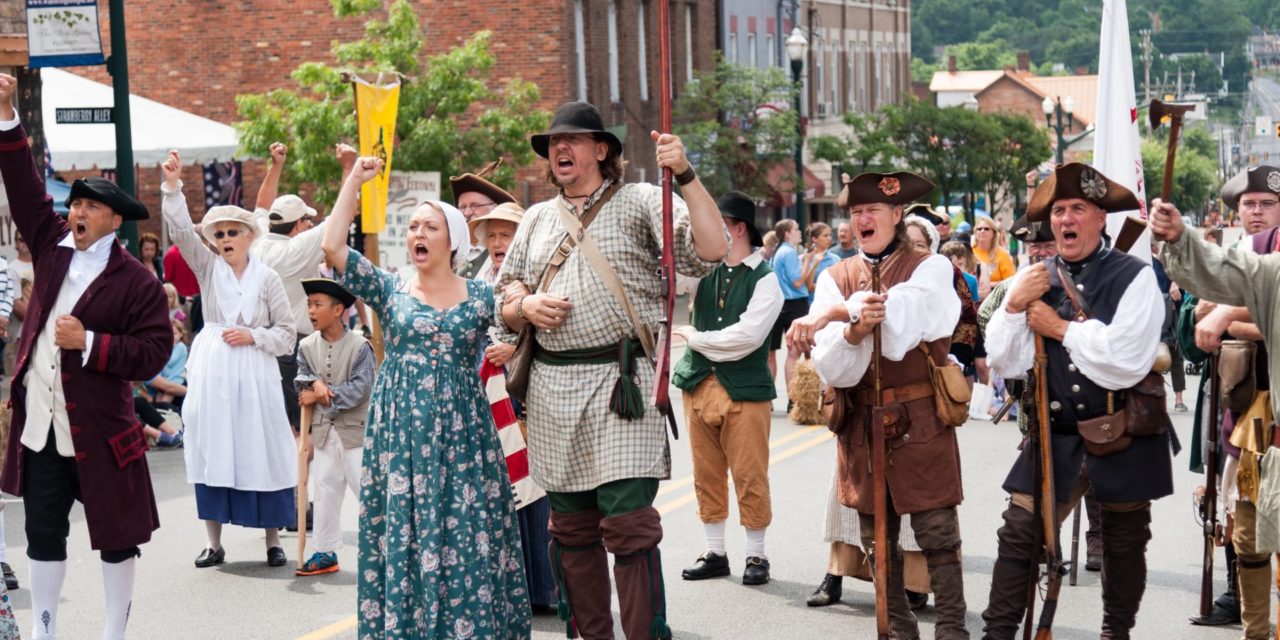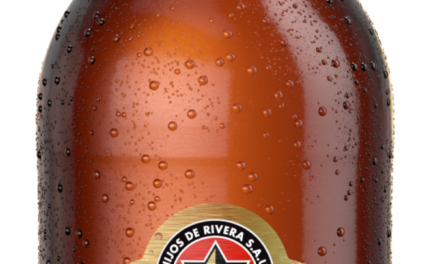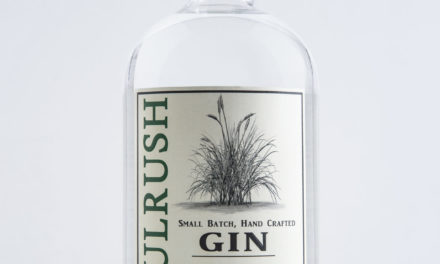In the spirits world, more often than not, innovation is a matter of digging deeper — figuring out how to improve processes and ingredients on a granular level. But spirits entrepreneurs have also innovated by looking through the wrong end of the microscope—by stepping back and seeing the bigger picture rather than the smaller.
A few examples: Eric Seed, a spirits importer at Haus Alpenz, noticed more than a decade ago that bartenders were grousing about lost ingredients from classic cocktails, like creme de violet and Batavia arrack. He began re-creating these and reintroduced them to the market.
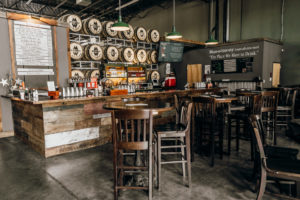
[Courtesy of Manatawny Still Works]
I’ve recently watched another group innovate by stepping back, when a number of Pennsylvania, Maryland, and District of Columbia distillers began working to revive an historic style of rye, often collectively referred to as Monongahela rye (named for the river near where the industry flourished centuries ago).
Three years ago, Meredith Grelli, who founded Wigle Whiskey with her husband, convened a group of local officials and spirits writers (myself among them) in Pittsburgh to discuss the idea of establishing a rye whiskey trail. The idea was to give the region an identity around this historic liquor and draw some attention to the newly burgeoning distilling scene. “We’re trying to rebuild a regional identity that’s grounded in this very unique history,” says Grelli.
As she talked up the idea with others around the region, she found enthusiastic support, including from many institutions not directly related to spirits. These included the Heinz History Center in Pittsburgh, the Museum of the American Revolution in Philadelphia, and Mount Vernon, the site of George Washington’s home and distillery, just outside Washington, D.C. As a result, a consensus emerged to make the trail more encompassing by focusing on the infamous 1791 uprising against a federal tax on liquor.
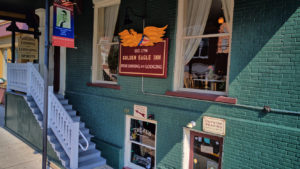
Golden Eagle Inn [Courtesy Bedford County Visitors Bureau]
The idea is that cross-pollination will occur. Rather than creating a trail specifically for whiskey aficionados (such as the Kentucky Bourbon Trail Craft Tour), the hope is that those who are drawn by one of history’s more notable rebellions will depart knowing quite a bit more about whiskey and its central role, both then and now, and perhaps develop a thirst for same.
This seems a strong model for other regional distillers: How about looking at the American revolution and rum in New England; or a fruit and brandy trail in the south; or a botanical exploration of the West Coast, through nature walks and sampling new American gins.
Distillers won’t ever stop innovating by looking inward, nor should they. But they’re missing an opportunity if they’re not also looking outward for inspiration.

